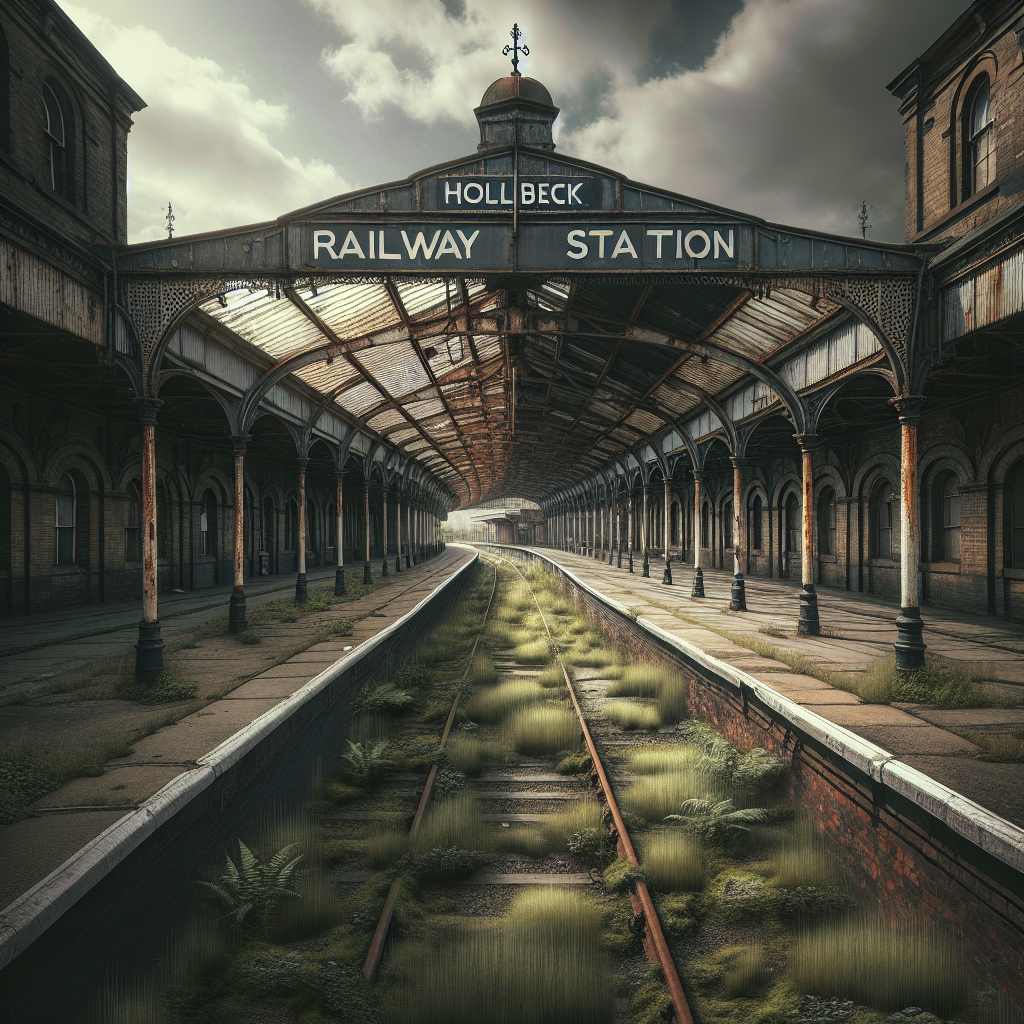The Curious Case of Holbeck Railway Station: A Ghost of the Past
Imagine a railway station that once thrived with the hustle and bustle of passengers, only to become a ghostly relic of its former self. Holbeck Railway Station, located in Leeds, England, is a fascinating example of such a place. Established in the 19th century, it served as a vital hub for travelers and goods during the industrial boom. However, by the mid-20th century, the station was closed, leaving behind an intriguing piece of history that sparks curiosity and nostalgia.
Holbeck Railway Station was opened in 1854 by the Leeds, Bradford and Halifax Junction Railway. It was strategically positioned to serve the growing industrial areas of Leeds, providing a crucial link for both passenger and freight services. The station was part of a network that connected various towns and cities, playing a significant role in the economic development of the region. However, as the years went by, changes in transportation needs and the rise of alternative routes led to its decline. By 1958, the station was closed to passengers, and eventually, it ceased operations entirely.
The closure of Holbeck Railway Station was a reflection of broader changes in transportation and urban development. The rise of automobiles and the expansion of road networks reduced the reliance on railways for short-distance travel. Additionally, the consolidation of railway services and the focus on more efficient routes made some stations redundant. Holbeck, unfortunately, fell into this category, and its closure marked the end of an era for the local community.
Today, the remnants of Holbeck Railway Station stand as a testament to a bygone era. The site, now overgrown and largely forgotten, is a poignant reminder of the rapid changes that have shaped our transportation systems. For some, it represents a loss of heritage and a disconnect from the past. For others, it is an opportunity to reflect on how far we've come and the progress that has been made in transportation technology.
There are those who argue that preserving such sites is essential for maintaining a connection to our history. They believe that places like Holbeck Railway Station offer valuable insights into the past and can serve as educational resources for future generations. On the other hand, some people see these sites as obsolete and advocate for their redevelopment to meet current urban needs. They argue that repurposing these areas can provide much-needed space for housing, businesses, or community projects.
The debate over what to do with sites like Holbeck Railway Station is a microcosm of larger discussions about heritage preservation and urban development. It raises important questions about how we balance the need to honor our history with the demands of modern society. As cities continue to grow and evolve, finding this balance becomes increasingly challenging.
For Gen Z, who are often at the forefront of advocating for sustainable development and cultural preservation, the story of Holbeck Railway Station is particularly relevant. It highlights the importance of considering the past when planning for the future. It also underscores the need for innovative solutions that respect historical significance while addressing contemporary needs.
Holbeck Railway Station may no longer serve passengers, but its story continues to resonate. It serves as a reminder of the ever-changing nature of our world and the importance of remembering where we've come from as we forge ahead. Whether it remains a relic of the past or finds new life through redevelopment, Holbeck Railway Station will always be a part of Leeds' rich tapestry of history.

